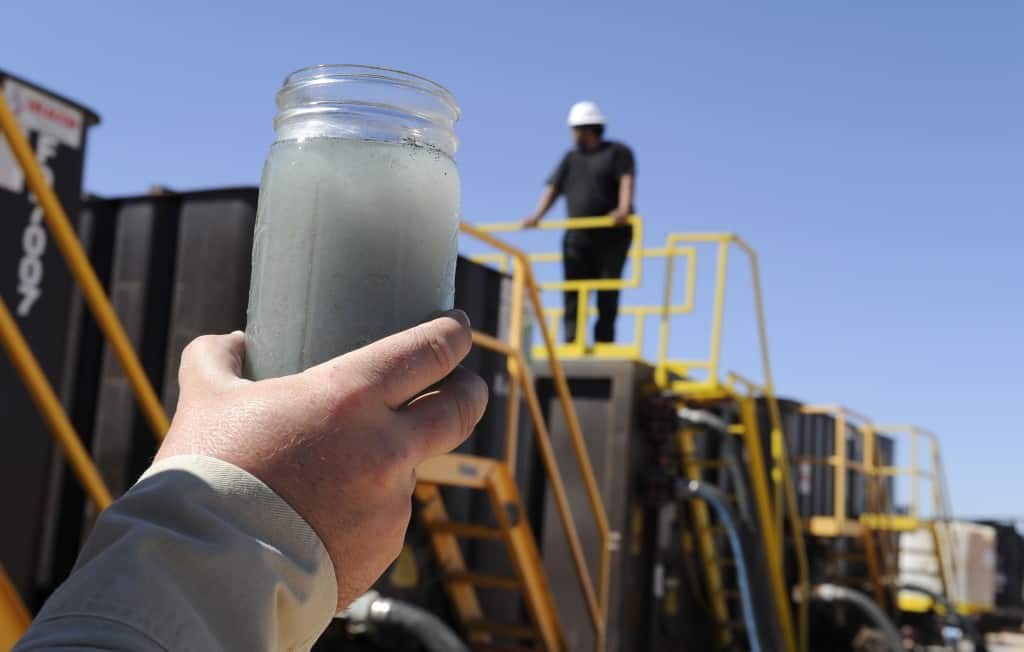
California officials have shut-down 11 oil and gas waste water injection sites in the Central Valley and ordered a review of more than 100 others, fearing that energy companies may have been pumping fracking fluids and other toxic waste into drinking water aquifers. The Division of Oil and Gas and Geothermal Resources issued cease and […]
 California officials have shut-down 11 oil and gas waste water injection sites in the Central Valley and ordered a review of more than 100 others, fearing that energy companies may have been pumping fracking fluids and other toxic waste into drinking water aquifers.
California officials have shut-down 11 oil and gas waste water injection sites in the Central Valley and ordered a review of more than 100 others, fearing that energy companies may have been pumping fracking fluids and other toxic waste into drinking water aquifers.
The Division of Oil and Gas and Geothermal Resources issued cease and desist orders on July 7 to seven energy companies warning that they may be injecting waste into drinking water sources. The waste water disposal “poses danger to life, health, property, and natural resources,” the investigative journalism organization ProPublica reports.
California’s agriculture industry is coping with a drought crisis that forces farmers to supplement their water supply from underground aquifers, according to the University of California Davis. Some aquifers were exempted from the state’s environmental protections because their water was considered either of poor quality or too deep underground to be readily accessible. Oil and gas companies were allowed to pollute these aquifers with waste water, ProPublica says. But it was discovered that fracking waste was also being pumped into seven aquifers that were protected by the law.
In 2012, ProPublica investigated more than 700,000 injection wells across the country and found that the wells had high rates of failure and were likely polluting underground water supplies that are supposed to be protected by federal laws. California officials told ProPublica that they will now order water testing and monitoring at the injection well sites in question. They said that to date they have not yet found any of the regulated aquifers to be contaminated.
The state oil and gas supervisor, Steve Bohlen, told ProPublica that his office was acting “out of an abundance of caution.” Under a fracking law passed last year, the state reviewed facilities and became aware of the aquifer problems. The law requires the state adopt regulations to address fracking’s risks, including underground disposal of the chemical-laced water used in the process.
Aquifers that officials once thought were unnecessary are becoming viable sources of water as technology reduces the cost of pumping it from deep underground and treating it for consumption, according to ProPublica.


